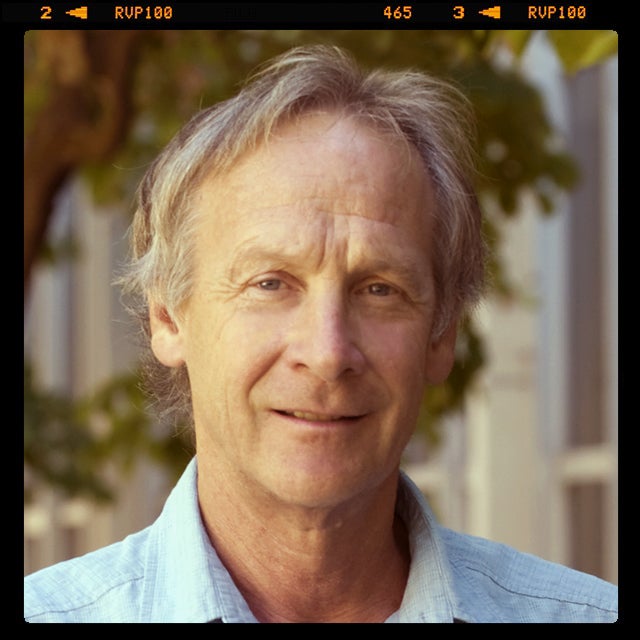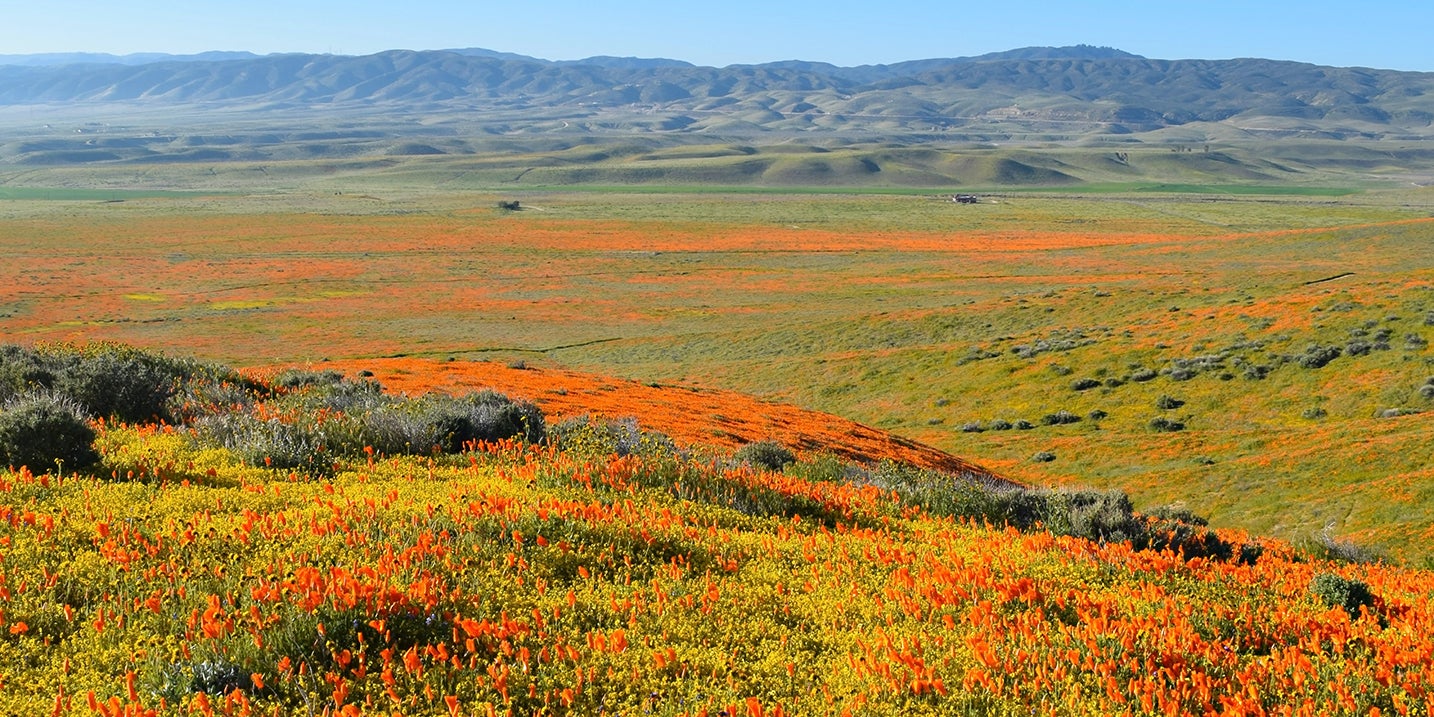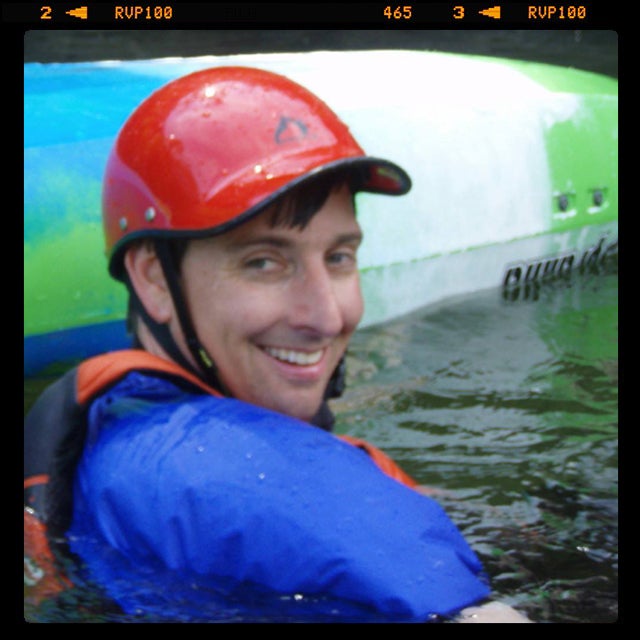
Boise State Distinguished Professor John Freemuth unexpectedly passed away in early May. He was a contributor to The Blue Review, a colleague in the School of Public Service, and a mentor and friend to many. Just days before his passing, John had reached out to us at The Blue Review to see if we would re-run a piece by a former student of his, Scott Martin, who is now North American Chair for World Urban Parks and Executive Director of River Heritage Conservancy in the Louisville metro region. You can read that piece on the trajectory of public urban green landscapes and systems as it was originally published here. In lieu of reprinting that piece, we offer the following remembrance of John Freemuth, written by Scott.

Ed Abbey’s The Monkeywrench Gang was the first book I received from John Freemuth when I enrolled in his Environmental Politics 409. At first glance, his selection of Abbey for the purposes of introducing a class to undergraduates appears to be something done by a professor intent on maintaining their own sanity at the pinnacle of an ivory tower built entirely from dry textbooks. If the student stopped at this shallow analysis of the selection, they would have missed out on what Freemuth just did. What they were holding was a precious gift—an invitation to engage with him in a never-dull, dynamic, and engaging conversation that could last for a lifetime.
Freemuth’s approach to teaching public land policy was conspicuous for creating “whoa” moments for the student. Literature, pop culture, rock music, and colorful candor (peppered with terms that would make sailors tip their hats in admiration) were all tools deployed by Freemuth to engage students (and later, professionals) in a search for common ground (and truths) about our public lands, the people, and the communities that depend on these places for something far deeper than just a living.
After several years watching this gangly, ex-cross-country runner deliver passionate and sparked instruction with consistency, I came to understand what he was up to. He was using intentionally provocative moments to serve as a way to test your attention and your humanity. They were tests to see if the person across the table could carry a conversation. In my case, thankfully, I must have passed the test, as the dialogue extended for over 27 years.
John possessed a drive to engage people from any and every background. He talked to everyone, from the Sun Valley tourism promoter to the Basque herder, from the unmotivated and marginally awake undergrad to aspiring mayors, governors, and senators. I am convinced his drive to connect and engage came in part from a professional identity he never truly left behind – his time as a National Park Service ranger at Glen Canyon. I have this view because I also started my career as a National Park Ranger.
Rangers are sworn to do damn near anything (within legal bounds) to get the attention of park visitors so that they understand the resource more richly, or to stop them before they go off and do something dumb and/or dangerous that could pop up on social media. Attention-grabbing engagement, like picking an Ed Abbey book for an undergrad political science class, was the natural evolution of John’s NPS training. It was like he was saying, “If you get this, we can see if we can talk.” This tactic evolved over time as he became recognized by his students and peers as one of the best professors not only on campus, but also across the entire field. The collection of state and national awards given to him speak to this.
John, like Abbey before him in many respects, pointed us towards the timeless truth of the American west. The intermountain and desert west is an abrupt land, full of silence and sharp edges, peace and drama. To some, this landscape may at first blush appear expansive, formless and void (like a public land management policy). But, when you really reach it, touch it, smell it, the sensitive and aware soul will discover it so filled with nuance that it blinds and overwhelms with complexity, culture, intensity, and layered legacies.
The same holds for its people. They, while often quiet like the land, are to be respected, listened to, and honored. For me, as a kid who came to Boise State from the East Coast, this was a brand-new world, culture, and land. John gave me a map, a dictionary, a compass, and direction on how to make sense out of it all. And in doing so, he revealed that he was in many ways a walking, talking reflection of the land he loved. He would be happy to give you some directional aids, but you would have to find your own way. In doing so, you would then find yourself part of the story—this is right where John wanted you to live and work.
John helped build and sustain the Master’s of Public Administration (MPA) program at Boise State, and especially its Environment and Natural Resources track. He taught us in the program the importance of mastering a policy world that had a language all its own, comprised of acronyms and arcane references like NEPA, Section 106, MUSY, FLPMA, APA, BLM, USFS, NPS, WTF. That he was able to sustain a program like this at a non-land grant school is quite remarkable. As long at the state’s major actors were going to make public land policy in Boise, John made sure the university could contribute and help by providing expertise, assistance, and a professional cadre of graduates in the field.
The timeless stuff he imparted to us in those MPA classes was something different altogether: he let us in on a secret. All the leadership work we do in the public realm with public spaces comes down to story. Your story. My story. Their story. Our elders’ stories. Stories do not have acronyms. They are about things like trust, courage, fear, tradition, change, loss, gain, hope, and risk.
John said that the sagest among us in this public lands world recognize that the best work is done in those rare moments when stories merge and we discover a vocabulary that allows for the creation of new, authentic pathways forward. These are moments where trust can be created. John stoked this fire and it was a joy to watch him practice it through his engagement with the Andrus Center, BLM, or testifying before Congress. That insight, the part of his classes that never make a syllabus, is what earned him the decades of recognition for being amongst the best in his field.
John showed me that if you stay in the game, fight for resources and people that matter, acknowledge that we are only temporary stewards doing the best we can with incomplete and inaccurate information, then apply our skills with passion, candor, integrity and curiosity, we may have a chance to create a better future. He taught me that one should not be a cynic or a public sector drone. Rather, if I am assigned a responsibility, I owe it to always work to make progress possible. If progress is not possible, cease and go do something else that matters.
Freemuth was brilliant, erudite, and quick with a quote. He was phenomenal with insights and took enormously outsized interest and care with many of us out in the field muddling through careers, marriages, adventures, and mediocrity. His rants were epic – think Hunter S. Thompson meets public land policy.
Above all of that, John had undeniable love for his wife, sons and family. He followed this with passion for the desert lands of the American west, Bob Dylan, a good beer and bourbon, Boise State football and basketball, the Raiders, science fiction, and always, always, always, great conversation with people that shared his passion for any of the above. He lived to engage with people that had a “take” worth exploring. And, dear Lord, he had brutal running stride, something akin to a cross between Keith Richards and a wounded gazelle.
Above all else, he knew and honored the people who were his students, peers, or colleagues. He never turned down someone seeking help. That drove all. We were never “past students.” We were always students and friends.
His passing makes working and thinking about public spaces a tick lonelier. I feel robbed. He left way, way too early. I only hope that as his clock ran out, he knew how much he meant to a bunch of us out here. We will now carry on the best we can to advance his lessons, passing them down as we go through our actions and attitudes.
As a personal recipient of his help, coaching, and counsel, he made a big difference in my life. He made me better and became one of my closest and dearest friends in the process. Because of John (and Sheri) and his investment in me over decades, I count myself as the luckiest Boise State grad ever.
See, in the end it really was all about relationships and trust, because I think the desert imparted on him the damn certainty that our ability to come together is what makes this thing we call living possible.
John, thanks for letting a bunch of us join you for a good, long run. See you on the other side of the rise.

Scott Martin is presently serving as the first Executive Director for River Heritage Conservancy, a non-profit partnership committed to the establishment of a 600+ acre public green space along the North Shore of the Falls of the Ohio River. Scott has been fortunate to be a part of city-shaping park and conservation teams in Idaho, Virginia, and Kentucky over the last twenty years. His work on urban park and recreation systems has been featured in numerous professional park publications in the States, and he has given talks on the same in Australia, Canada, and Mexico. Scott holds undergraduate and graduate degrees from Boise State University (Go Broncos!) and is North American Chair for the World Urban Parks Congress. He and his wife, Jennifer (also a Boise State graduate), live in Louisville with their two marginally well-behaved dalmatians. He still aims to install blue turf in a public park.